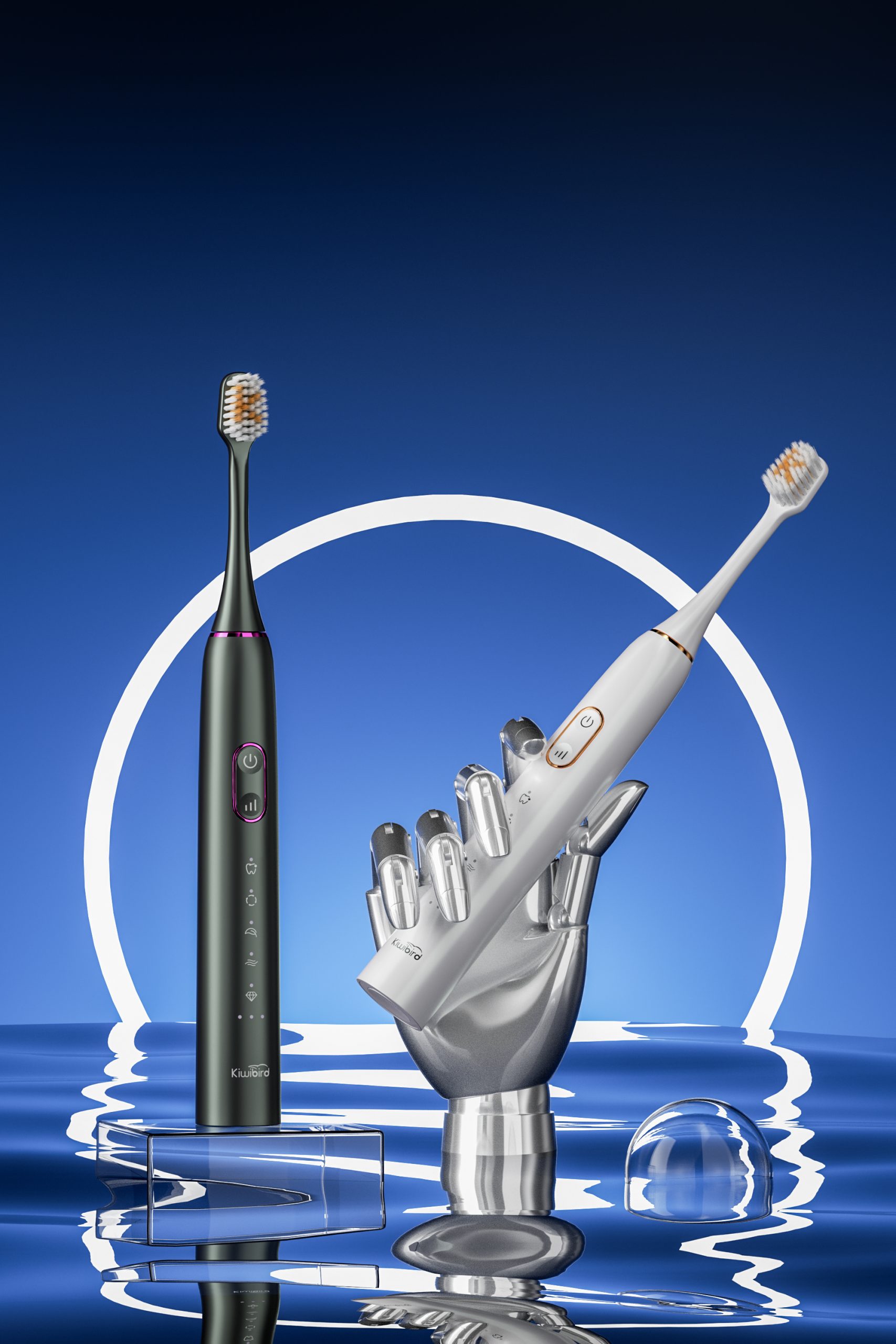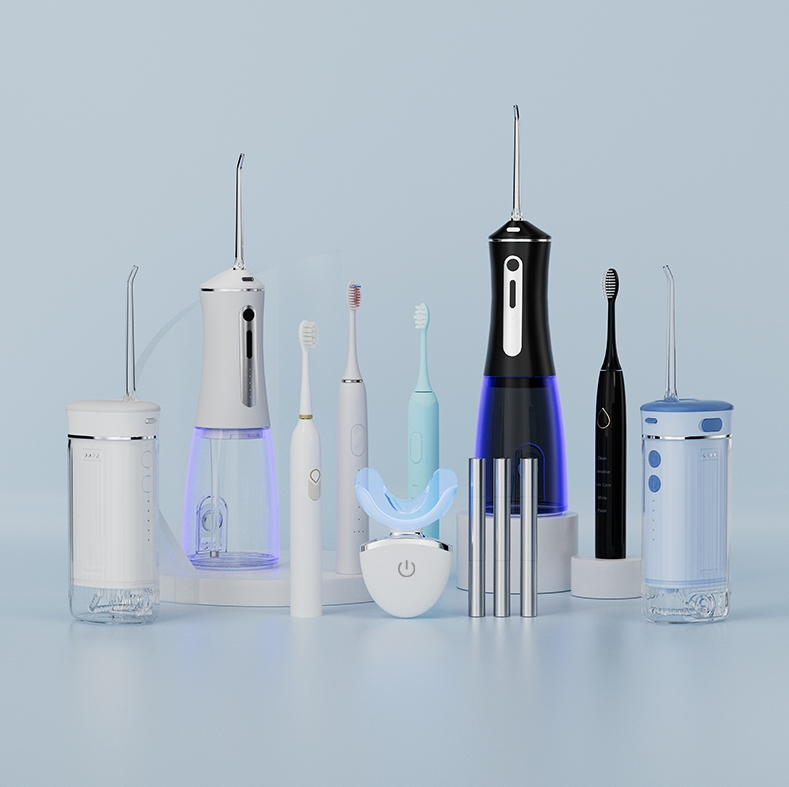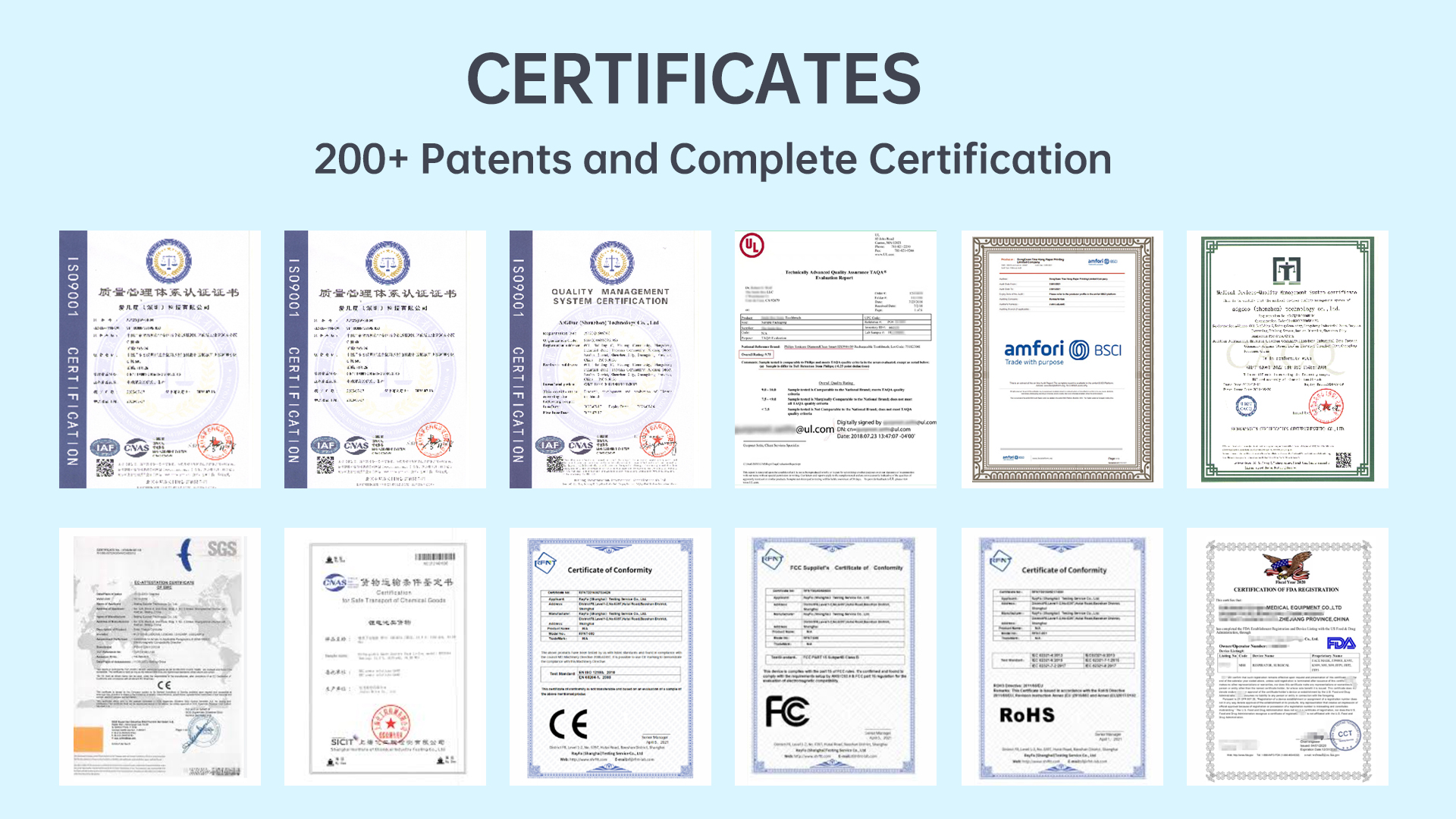In the manufacturing of consumer electronics and precision appliances, problems such as Handle Cracking and Connector Corrosion are often underestimated, yet they play a critical role in determining the overall lifespan and reliability of the device. For OEM and ODM partners, understanding how these two failure modes impact product durability is essential to optimizing design, reducing warranty claims, and maintaining market competitiveness.
Handle Cracking refers to the development of visible or internal fractures in the plastic, rubber, or composite material used in the handle of a device. This issue is common in products that are subjected to repeated mechanical stress, exposure to moisture, UV radiation, or temperature cycling.
When cracks form in the handle structure, they compromise both the mechanical strength and the sealing capability of the device. Over time, handle cracking can lead to water ingress, contamination of internal components, or a loss of structural integrity—all factors that contribute to premature product failure.
Connector Corrosion occurs when metal contacts in electrical connectors are exposed to moisture, salts, or corrosive environments. This leads to oxidation or material degradation that increases electrical resistance, causes intermittent connections, or even total circuit failure.
Connector corrosion is particularly dangerous in battery-powered or high-frequency electronic devices, where stable and low-resistance electrical pathways are crucial. Once corrosion sets in, it may spread unnoticed until the device starts to malfunction, causing disruptions in performance or complete power failure.
While Handle Cracking and Connector Corrosion may seem like separate problems, they are often directly related:
In this way, Handle Cracking indirectly contributes to Connector Corrosion, setting off a chain reaction that degrades the device’s performance and lifespan.Company web: https://www.powsmart.com/product/electric-toothbrush/
.jpg)
Certain design and operational choices can elevate the risk of both Handle Cracking and Connector Corrosion:
To address the twin challenges of Handle Cracking and Connector Corrosion, B2B manufacturers should consider these proven preventive measures:
For OEM and ODM brands, the hidden relationship between Handle Cracking and Connector Corrosion presents a serious threat to product lifespan and customer satisfaction. Ignoring this link can result in shortened device life, higher failure rates in the field, and costly after-sales service burdens.
By investing in superior material selection, sealing design, and corrosion-resistant components during the R&D and production phases, manufacturers can ensure their products remain durable, safe, and competitive in demanding markets. Contact us
Why Do Design Flaws Cause Gum Injury in Water Flossers?

Ultra-Quiet Sonic Toothbrush Manufacturing: <60dB Technology

Does Long-Lasting Travel Toothbrush Trigger Power Surge?
Why Should Restricted Users Avoid Stain Residuals?

How Do High-Quality Electric Toothbrushes Enhance the Brand Image of Oral Care?

Does Black Electric Toothbrush ODM Face Handle Corrosion?
Handle Grip Design Affecting Mucosal Irritation?

The Advantages of the Brush Head Subscription Service for Oral Care Brand Growth
.jpg)
Is POWSMART Rotating Oscillating Toothbrush’s Water Pressure Instability?
Why Does Poor Cleaning Leave Fiber Residue?

The Ultimate Checklist for Evaluating an Oral Care Product Manufacturer
How Do Dock Failure and Battery Swelling Threaten Safety?
.jpg)
Best Smart Toothbrush Features for Bulk Buyers: A Supplier’s Guide
.jpg)
Does Post-Surgery Oral Care Brush Aggravate Gum Recession?
Why Dentist Consultations Mitigate Home Treatment Risks?
Oral Microbiome Impact from Color Relapse?

electric toothbrush heads Deep Clean

electric toothbrush heads Charcoal Infuse-Round

Customization Teeth Whitening Gel

electric toothbrush heads Ultra Soft

Private Label Whitening Gel

Electric toothbrush heads Charcoal Infused-Diamond
.jpg)
Florida Electric Toothbrush – Powsmart PTR-C8

electric toothbrush heads Regular Clean
whstapp
whstapp
National Toll-Free Service Hotline
+86 755 86238638